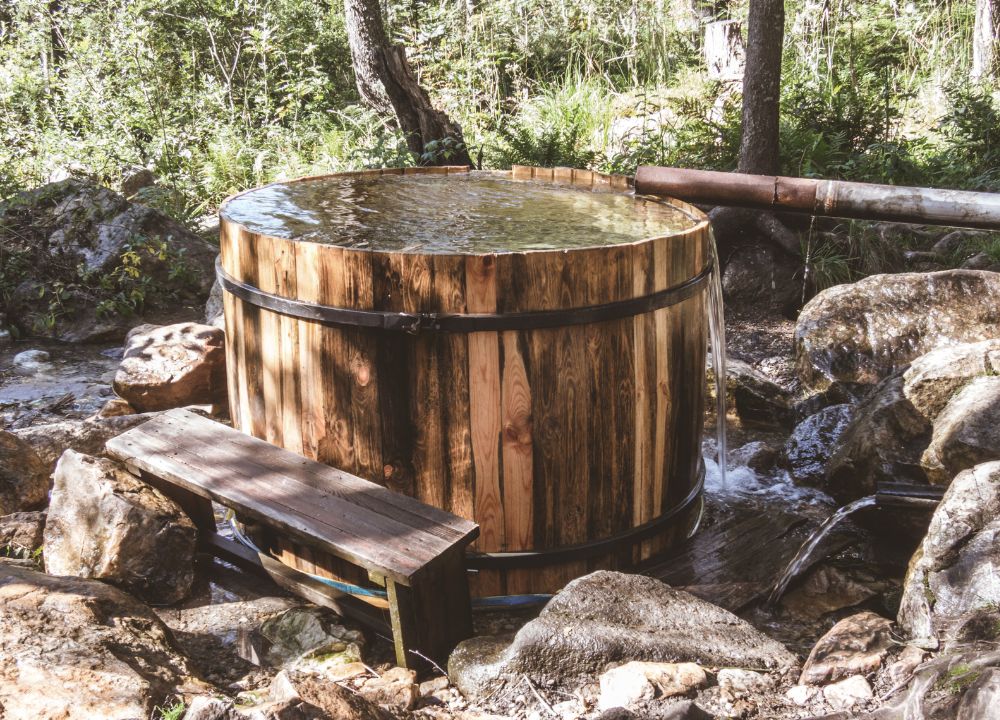If you’ve been on Instagram this year, you’ve probably seen someone jump into a freezing tub, shout like they saw a ghost, and then talk about how they’ve never felt more alive.
Welcome to the cold exposure craze.
From Wim Hof breathing to DIY trash can plunges, cold therapy is in — but is it actually good for you, or just influencer frostbite?
Let’s break it down, science-style (without putting you to sleep).
The science behind cold exposure
Cold exposure activates your sympathetic nervous system, increases norepinephrine, and improves mitochondrial efficiency — which translates to:
- Increased alertness
- Boosted mood (yes, cold can fight depression)
- Improved circulation
- Reduced inflammation
- Better recovery from exercise
A study published in PLoS One showed that even short cold showers increased perceived energy levels and lowered sickness absence at work — without needing full immersion.
So what’s the catch?
Going too long or too cold can:
- Spike cortisol
- Disrupt sleep (if done too late)
- Blunt muscle growth if done immediately post-workout (wait 6+ hours)
Key study from 2015 (Frontiers in Physiology): Cold immersion immediately after strength training reduced hypertrophy signals. Translation? Don’t hop in the ice tub right after lifting.
TAKE-HOME STRATEGY:
- For daily energy/mood: Take a 1–2 minute cold shower in the morning, ending your warm shower with cold.
- For recovery or nervous system reset: Cold plunge 3–4x/week, ideally not immediately post-lift.
- Pair with slow, nasal breathing to shift from “fight or flight” to “calm and reset.”

.jpg)


.jpg)
.png)